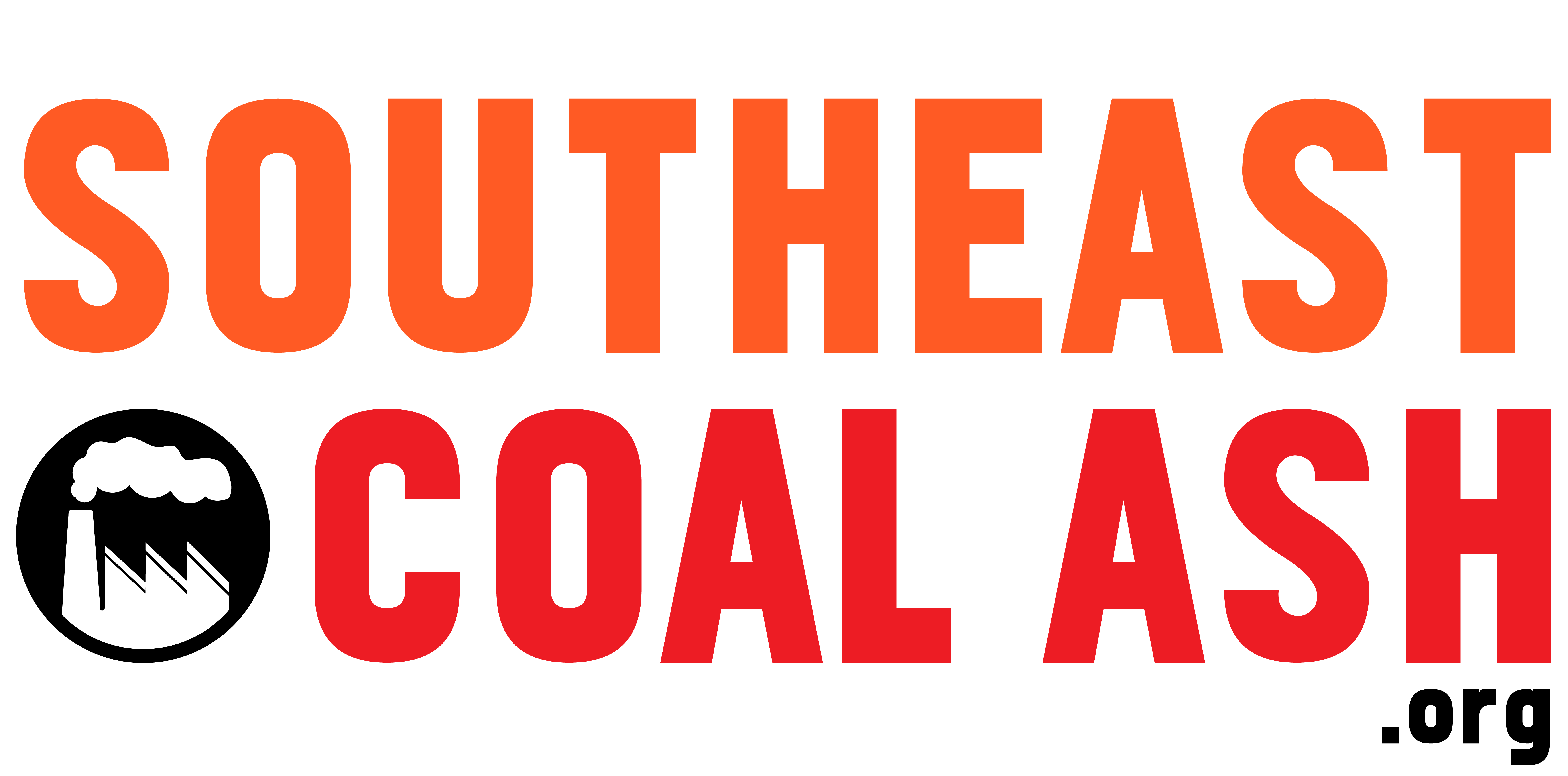In response to the TVA Kingston catastrophe, in 2009 EPA investigated over 600 of the country’s wet coal ash storage impoundments (lagoons) and conducted “hazard assessments”. The EPA hazard rating system describes the likely consequences of a catastrophic dam failure or misoperation. It’s important to note that these hazard ratings do not describe all of the hazards from a coal ash plant – only the hazards from a dam failure.
Below are descriptions of the three rating-levels.

- High Hazard — Indicates that a dam failure is likely to cause loss of human life.
- Significant Hazard — Failure is likely to cause significant economic loss, environmental damage, or damage to infrastructure.
- Low Hazard — Failure would likely not result in loss of human life and would only result in low economic or environmental losses.
EPA’s analysis concluded in them rating 431 out of the 629 ash lagoons in the nation. The result of these ratings indicate a significant quantity of “unrated” dams across the country, including in the Southeast, primarily due to a lack of available data for EPA to adequately assess the facility hazard. Of those facilities, around 50 in the country had a “high hazard” rating and around 70 had a “significant hazard” rating.
Currently the Southeast (AL, FL, GA, KY, MS, NC, SC, TN, VA) is home to 17 high hazard facilities and 20 significant hazard facilities as well as numerous Low or Unrated facilities. The lack of data, which leads to an Unrated classification should not ease your concerns about the safety of a coal ash dam near you. Some states, such as North Carolina, have conducted their own dam ratings.
![]()
Additional Concerns
But EPA hazard ratings aren’t the whole story, there are several other factors that should cause concern for those living near coal ash dumps, or who get their drinking water from potentially polluted water sources. If you see the “Additional Concerns” icon at a plant, it means that ash impoundments at that site have one or more of the following:
- Unlined impoundments: These can easily leak toxic pollutants to nearby groundwater, rivers and lakes.
- Impoundments in poor condition: EPA engineering inspections found these dams in poor physical condition, putting them at risk for leaks and failures like the one in Kingston TN.
- Contamination: Citizen testing, state or utility reporting shows that impoundments that are contaminating groundwater, surface water, or surrounding property above and beyond the permitted, legal pollution.
You can check the rating of facilities near you by using the zip code search in the “table” tab on the homepage of this website. You can also browse through our map to see all the coal ash ponds near you and your family.
Create-Your-Own Coal Ash Report
Full control to create the report of your choosing listing coal plants with ash impoundments in the Southeast.
Create your report NOW!
